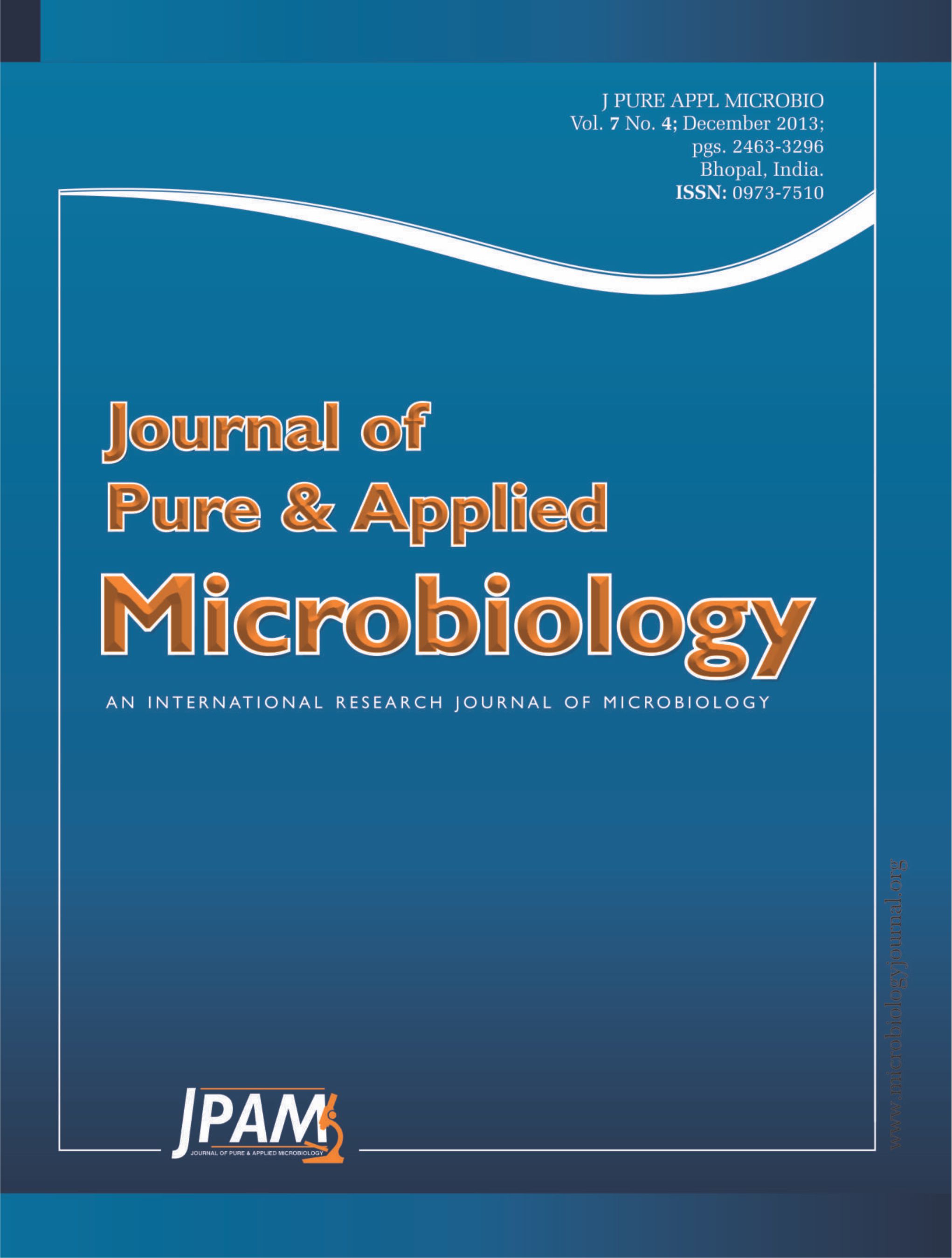The freshwater eukaryotic unicellular alga Haematococcus pluvialis is one of the best sources to produce natural astaxanthin in nature. However, the regulatory role of carotenogenesis leading to astaxanthin formation is not well understood. In this study, the effects of ET on transcriptional expressions of eight carotenoid genes in H. pluvialis were measured using qRT-PCR. Results showed that eight carotenogenic genes were up-regulated by ET with different expression profiles. Astaxanthin accumulation was promoted efficiently by ET, which might result from the up-regulating of ipi-1, ipi-2, pds, lyc, bkt, crtR-b and crtO at the transcriptional level, and by psy at both transcriptional and post-transcriptional levels. Moreover, fourteen proteins were expressed differentially in ET treatments compared to controls. Furthermore, algal cell division accompanying accompanied by astaxanthin accumulation for the first time during the whole course of ethylene induction. The knowledge in the present paper might help to optimize the physiological conditions needed to produce a high yield of astaxanthin with ET.
Haematococcus pluvialis, Astaxanthin, Ethylene (ET), Regulation, Carotenoid genes, Real-time fluorescence quantitative PCR (qRT-PCR)
© The Author(s) 2013. Open Access. This article is distributed under the terms of the Creative Commons Attribution 4.0 International License which permits unrestricted use, sharing, distribution, and reproduction in any medium, provided you give appropriate credit to the original author(s) and the source, provide a link to the Creative Commons license, and indicate if changes were made.


